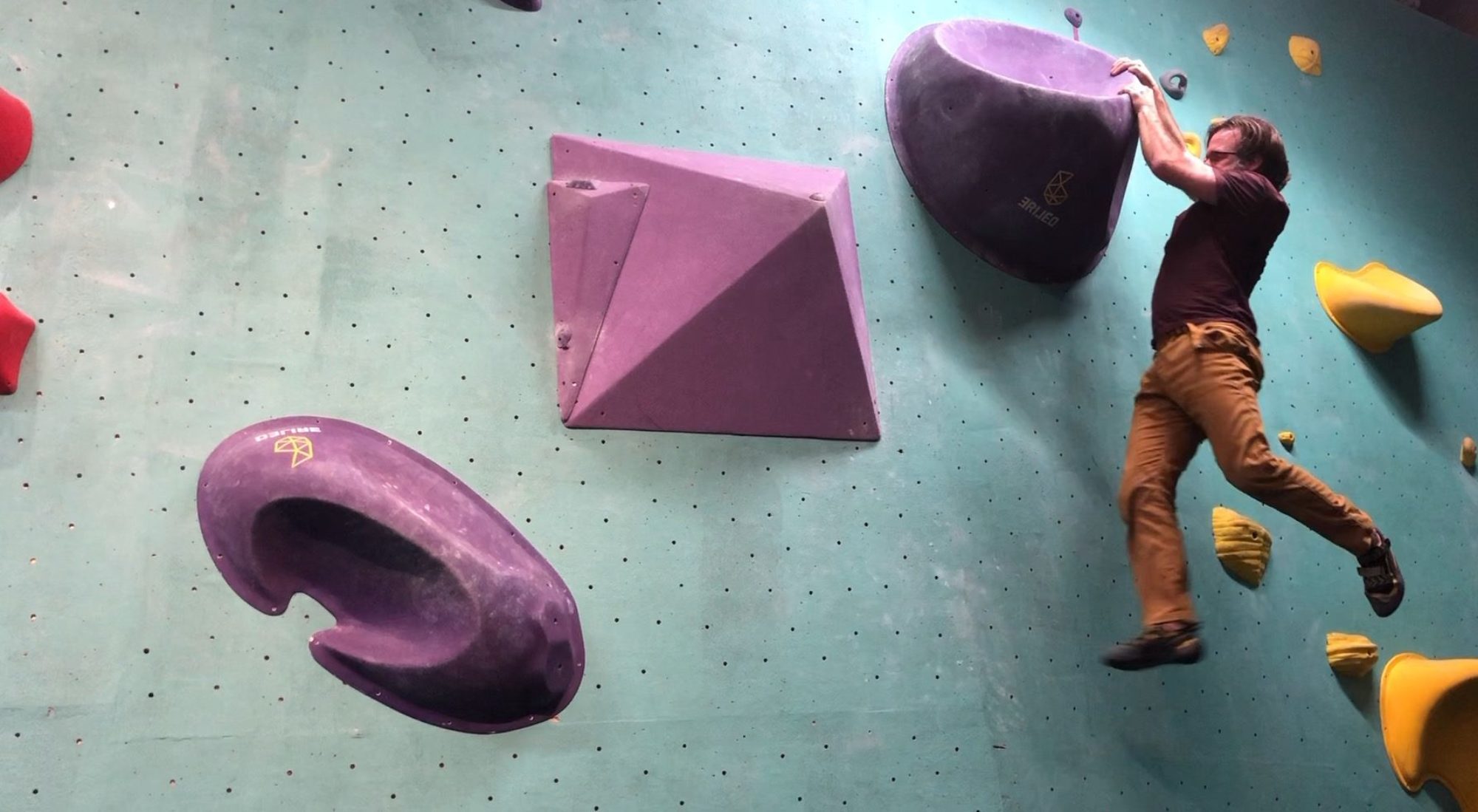The “Pain Rules” is the most important lesson that I teach.
How do you move when pain is present? Follow the rules of pain
Pain is a form of communication from within our bodies. Generally, when it comes to our movement, it means that something is not moving well.
Ignoring pain is kind of like sticking one’s fingers into their ears and yelling loudly. Except, the longer one ignores it, the louder it becomes–until it eventually gets their attention.
A big lesson in the Mobility Restoration program that I teach is to simply slow down, become a little more sensitive to the conversations within your body, listen to your physical pain, allow it to become a guide or a coach to help you move better. Below are the simple “rules of pain” that I follow to move better, even when I am feeling pain.
Moving when pain is present
Begin by acknowledging that pain is truly present. This surprisingly is one of the hardest things to learn for clients (as well as myself). My ego likes to go hard, and sometimes going hard is not what my body needs. When it comes to moving with physical pain, I don’t want to move my body from my ego’s point of view.
The Rules of Pain
Rule 1: Is it Painful?

- This is a very important question to answer.
- The answer is either Yes or No.
- If you get anything other than Yes! or No!, then keep asking the question until you get either a “YES” or a “NO”.
- If the answer is No, then great. I suggest you keep reading and save this email for the next time you are in pain.
- If your answer is “Yes!” Stop moving! Read the Rules of Pain (read it over again each time you’re in pain).
Rule 2: Do not move into pain, but do keep moving.
How to move when pain is present
Rate your pain on The Pain Scale of 1 – nonpainful to 10 – excruciating. (I consider slight discomfort to be between 1-3 on the pain scale).
- If the pain is less than 3, Slow Down!
- Enter your movement slowly, cautiously, safely, and non-forcefully.
- Don’t take movement beyond a level 3 on the pain scale.
- If the pain is greater than 3, Slow down, even more.
- No matter how slow you go, you can always go slower).
- Make your movement smaller and less painful.
- Keep it below a level 3, and move slowly, cautiously, safely, and non-forcefully.
- Super Important: Don’t move beyond level 3 on the pain scale!
Going slow and exploring the edges of your painful range of movement is a wonderful space to explore the depths of your breath and heart. Be spacious, playful, open, and generous with yourself.




4 Replies to “The Pain Rules”